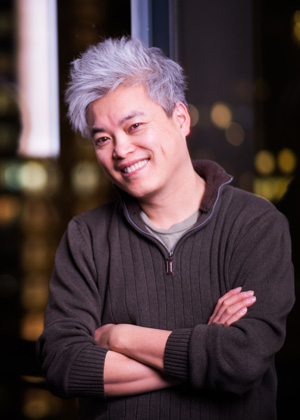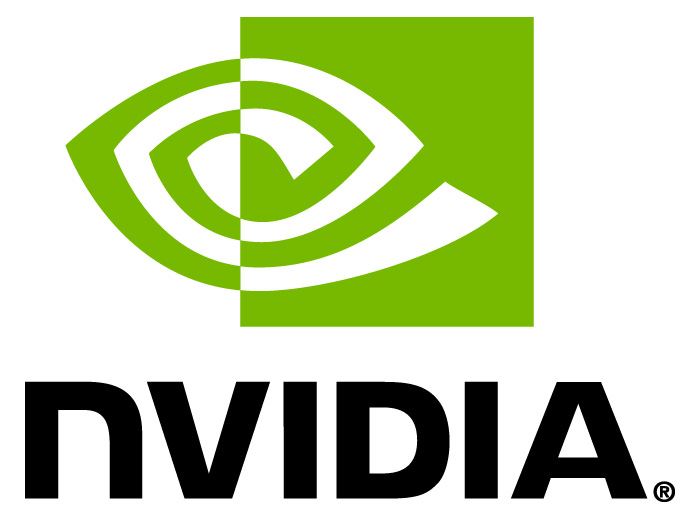Keynote

Hao Chen
Senior Principal Engineer
Game Technology Group, Amazon
Title: From Pixels to Reality -- Thinking Differently about Graphics in Games
Abstract
Today's game engines can render millions of polygons at ultra-high resolution and high frame rates, with sophisticated lighting and realistic materials. Yet, even in the best games today, one can not find shadows that are free of acne, edges free of jaggies, and transparencies that are sorted correctly. As a matter of fact, in games we still suffer from the same kind of artifacts that were there ten years ago, just to a lesser degree. Compare to CG films, which even in earlier days produced alias-free images, games has gone down the deliberate path of maximizing throughput while accepting artifacts that are unacceptable in other mediums. Years of cumulative advances in graphics hardware and software down this path has resulted in today's "ultra-high res and noisy" look that defines game graphics today. While that look has been the accepted norm, even preferred by gamers, the world of gaming is changing rapidly and it calls into question how much longer we can stay in the current trajectory of increasing fidelity while only slowly chipping away at the artifacts. Will games and gamers of the future define new standards of quality and requirements that require us to think differently? In this talk, I will examine a number of factors that are emerging in the world of games that might require us to think of graphics in fundamentally different way than we have been, among them, the rising cost of content production; the emergence of community based gaming and proliferation of user created content; the continued expansion of mobile gaming; the cloud as an enabling technology; and the explosion of VR and AR. In this new world of gaming, we might have to abandon entire family of techniques that "almost worked", even entire rendering architectures, and search for ways to address artifacts that breaks the player immersion and suspension of disbelief. We might have to sacrifice raw polygon and pixel throughput in favor of increasing qualities in areas that are sensitive to the human perception. We might have to move the bulk of computation into the cloud, as a way to reduce cost, to enable user content creation, to build gaming communities of massive scale, and to enable mobile gamers to enjoy the same richness of content enjoyed by console and PC games. At the end of the talk, I will highlight a number of significant challenges and opportunities for graphics research in the exciting new world of gaming.
Bio
For nearly two decades, Hao Chen has led graphics R&D and game engine development at a number of game companies, including SingleTrac, Microsoft, and Bungie. Hao helped shape the core technology for some of the most innovative and influential games in history, including the Halo series and Destiny. With each game they shipped, Hao and his teammates have consistently raised the visual bar for real time graphics and much of their success is attributed to paring daring graphics research with solid engineering, while paying close attention to artist pipeline and workflow. Hao has a long history of collaborating with graphics researchers and such collaboration has led to wide adoption of a number of techniques in games. Hao is a frequent contributor to graphics and game conferences. Hao recently joined Amazon's games technology group as a senior principal engineer. In his spare time, Hao enjoys photography, making music and films, and piloting airplanes.




